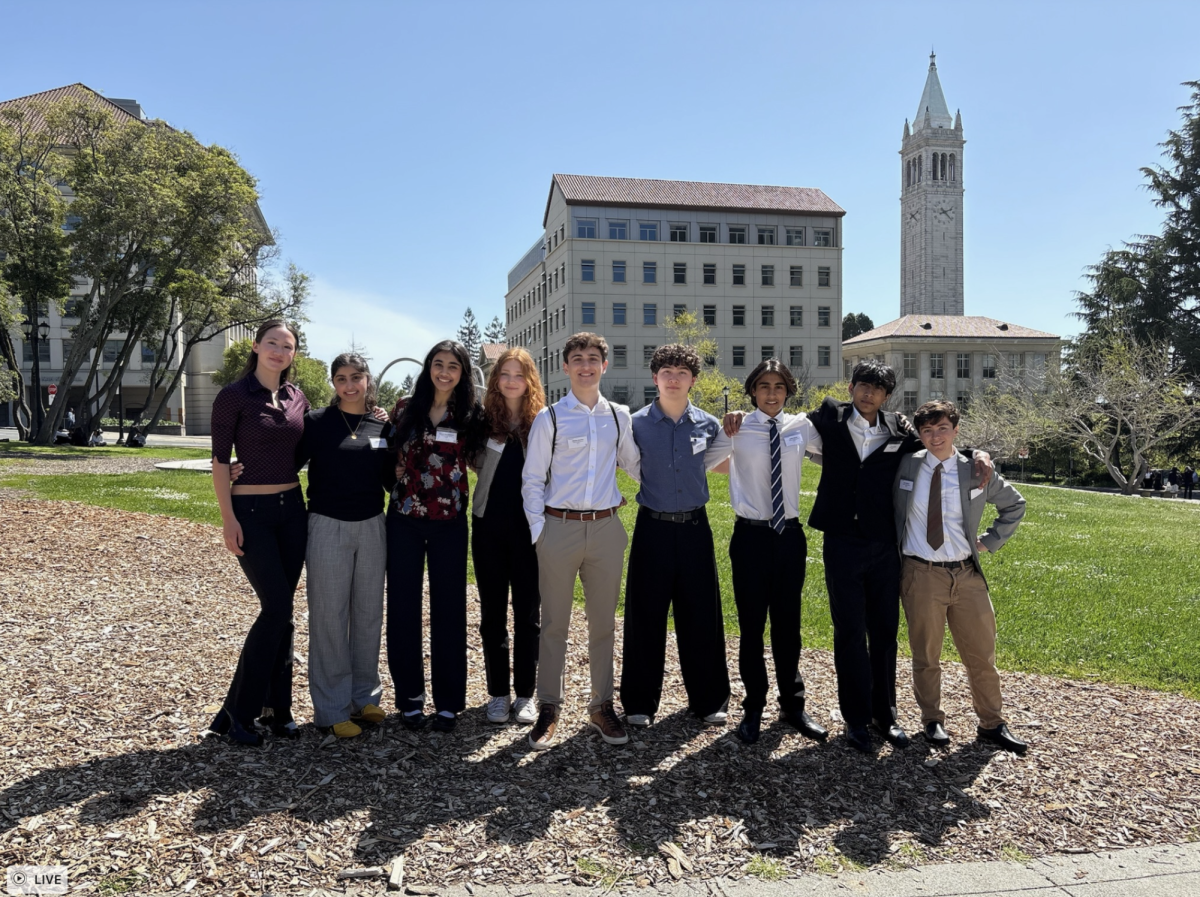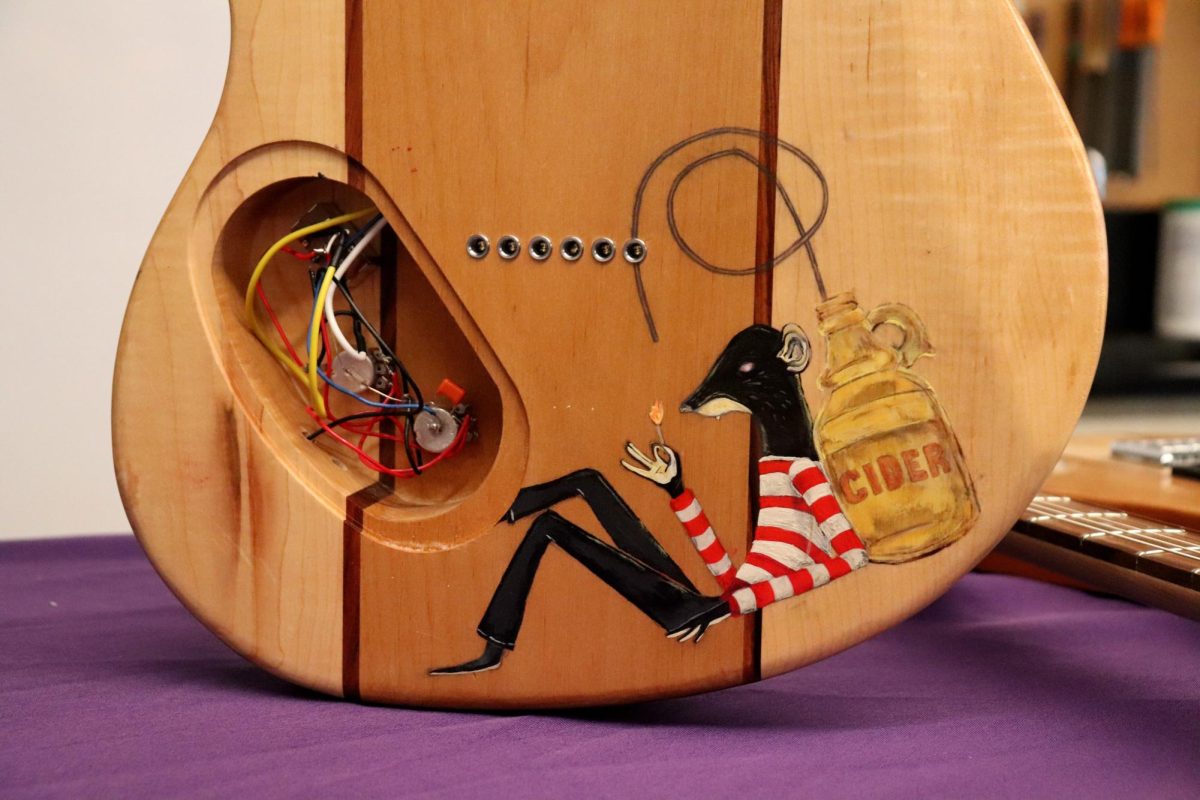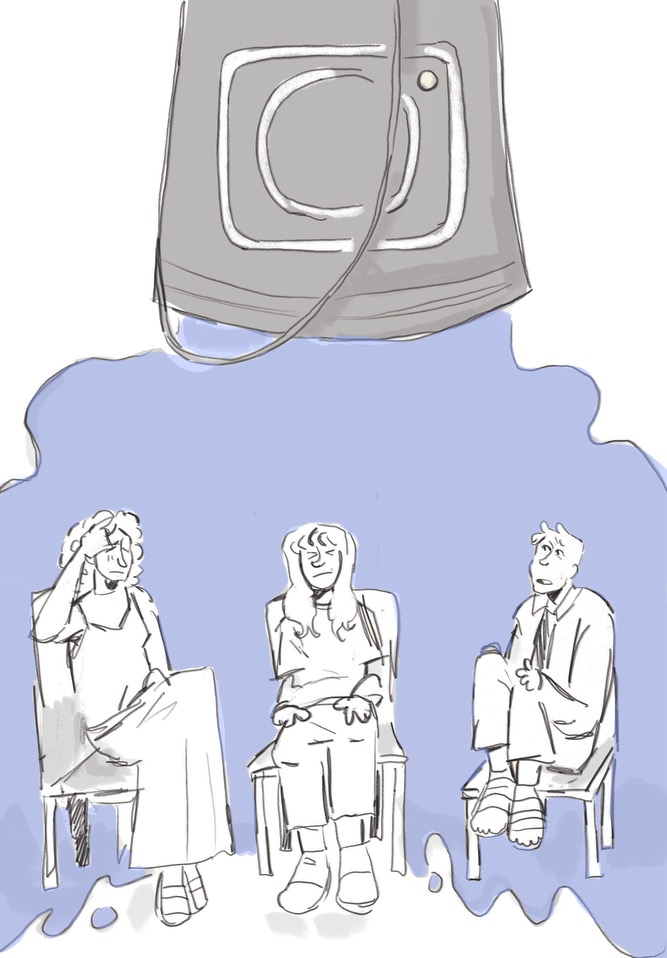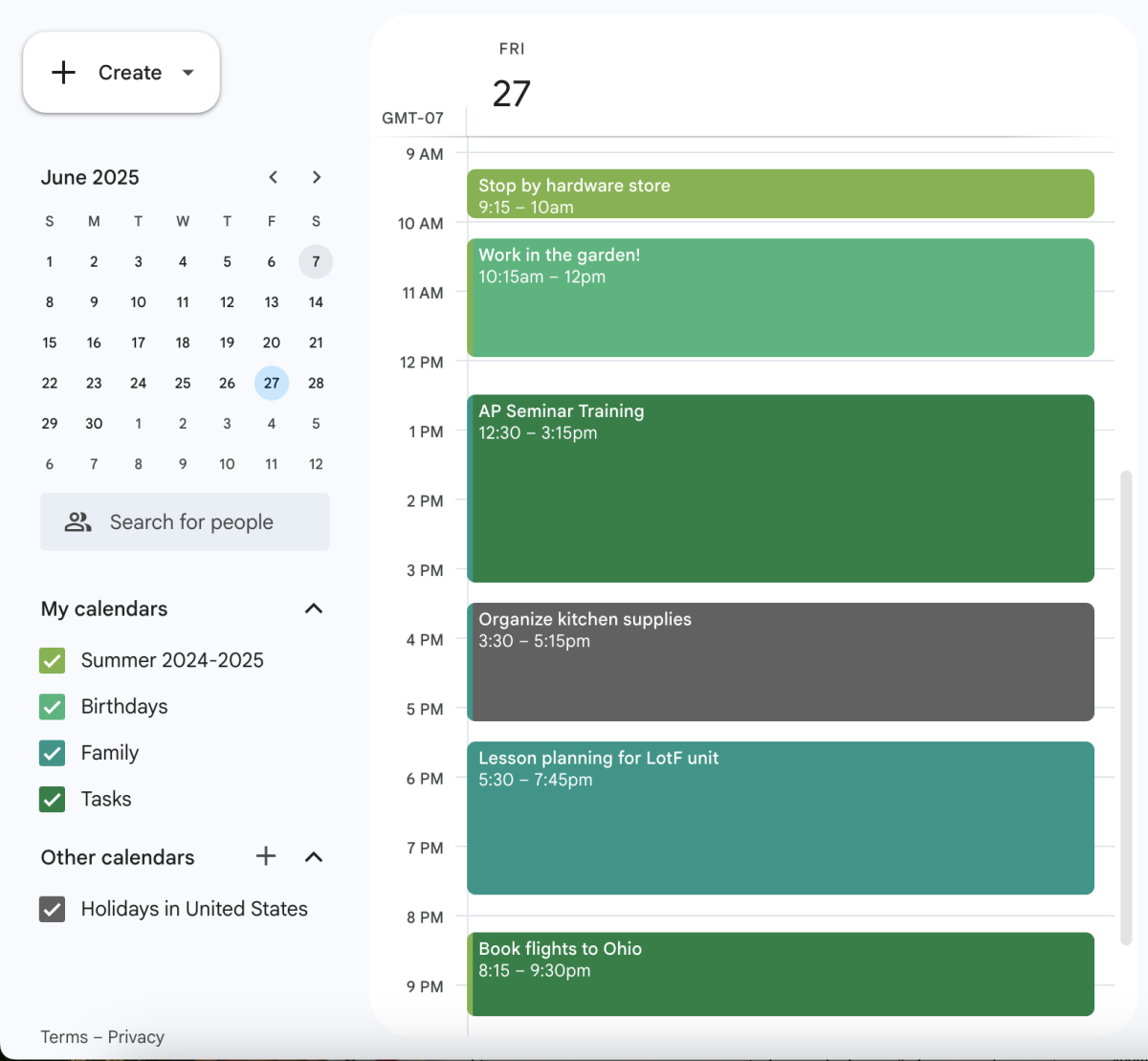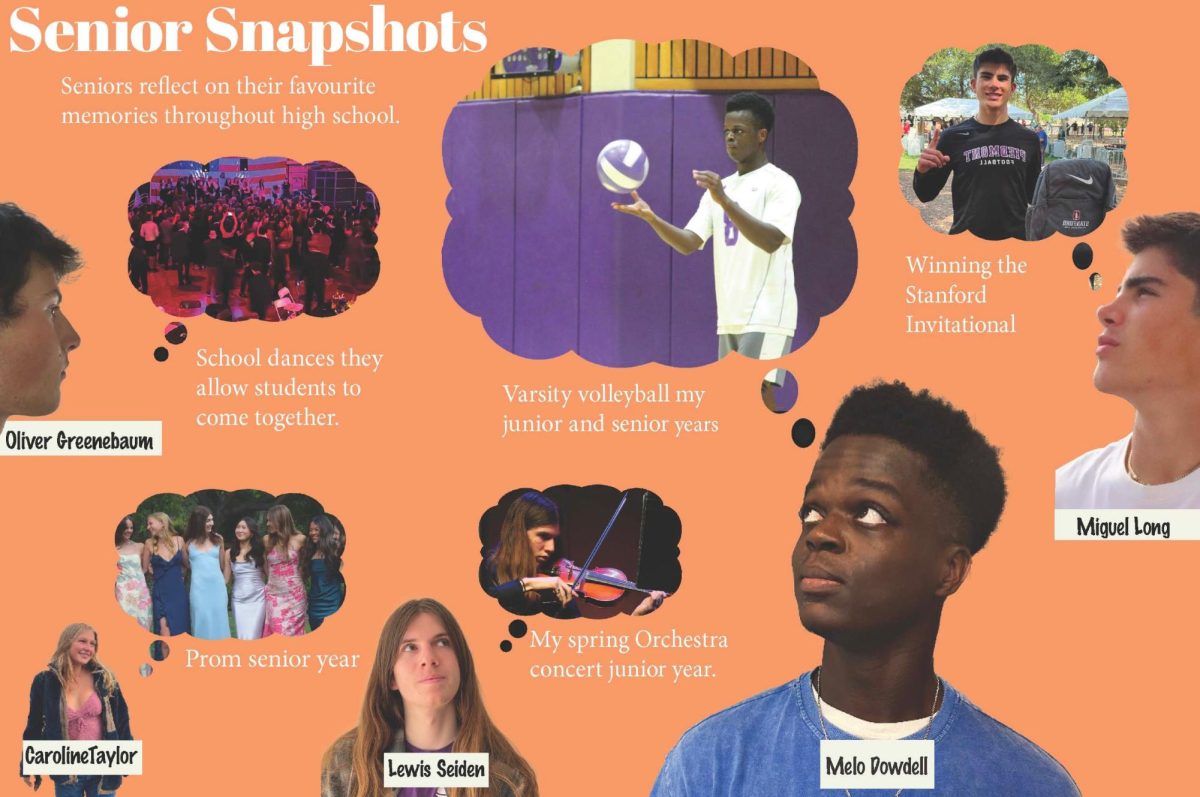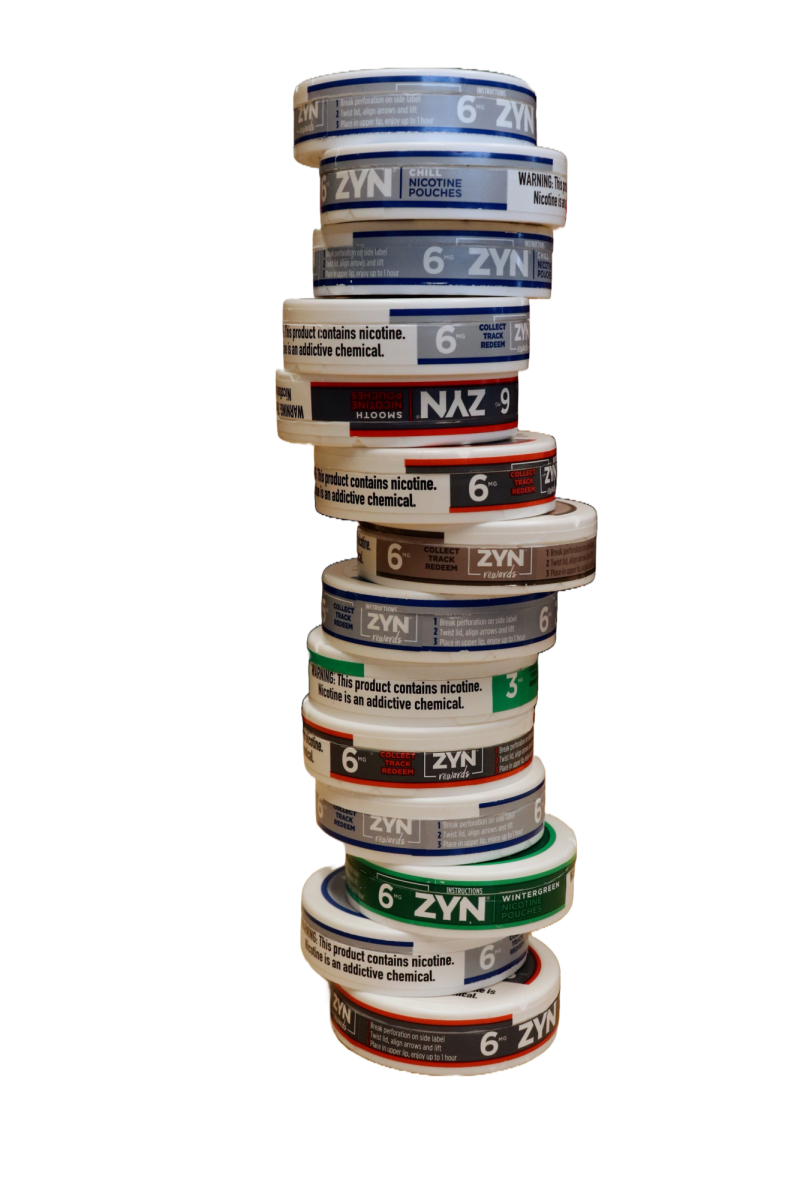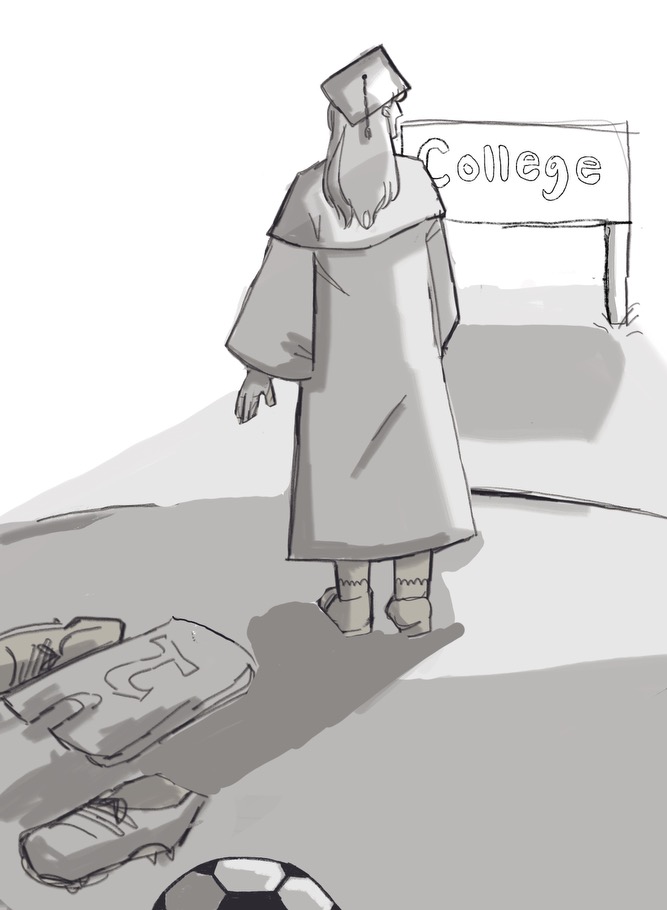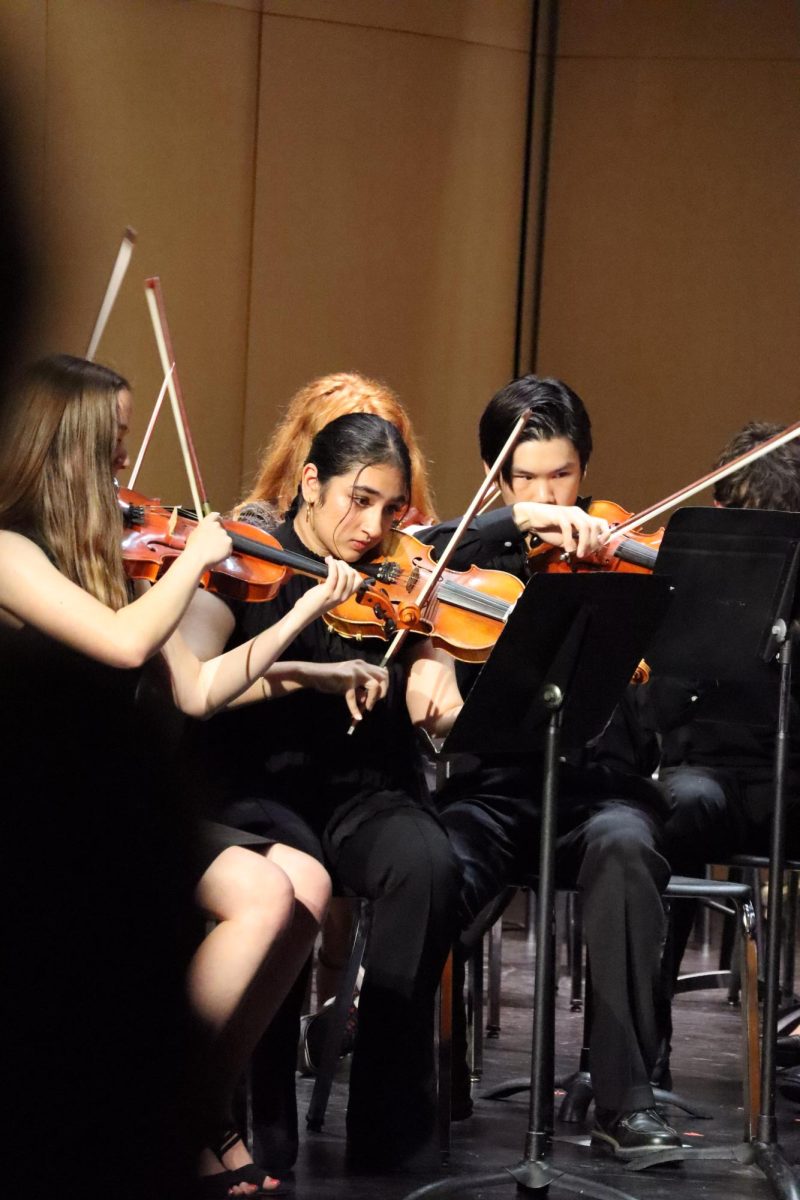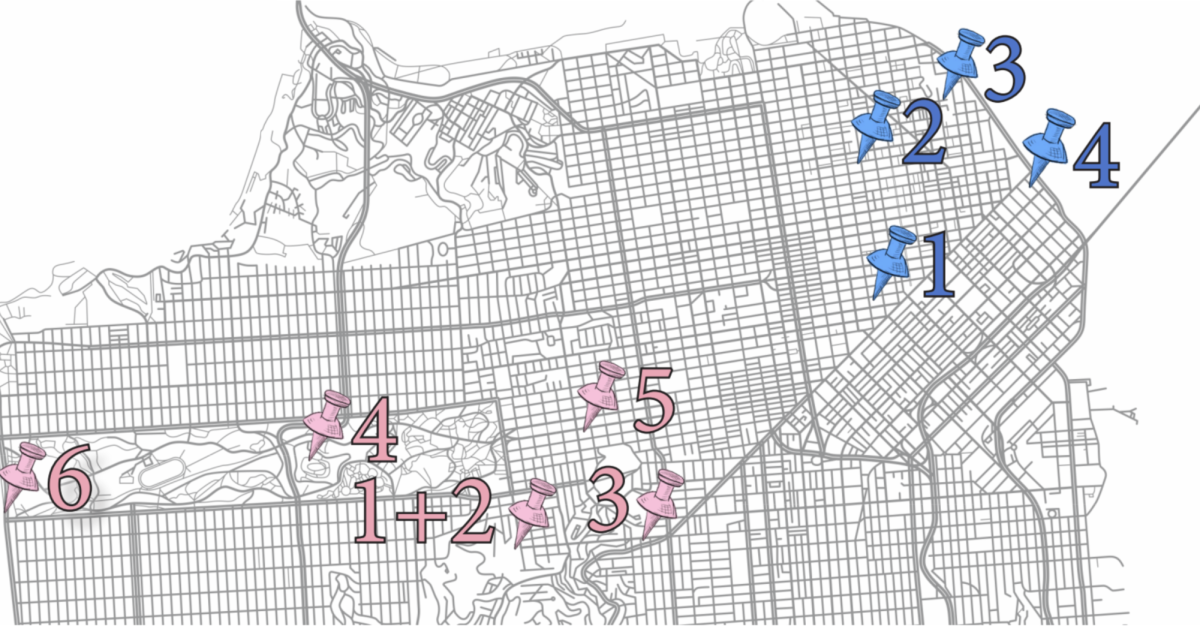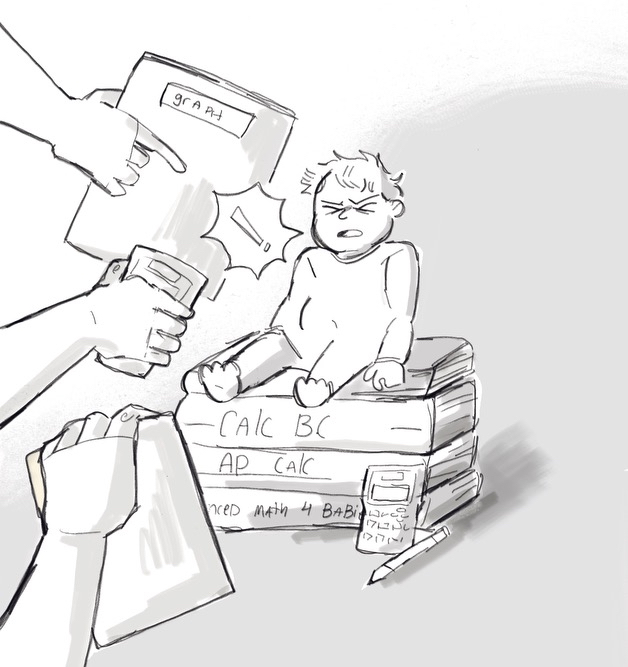It is the subtle difference between a period and an exclamation mark, an ‘OK’ and an ‘okay,’ a capitalized letter and a lowercased letter, that could mean the difference between sounding friendly and sounding grouchy.
When people communicate through technology, there is an unwritten set of rules that they must follow in order to not come off as rude or insincere. Without these rules, electronic communication generates subtle feelings that the writer does not intend. It lacks the intonations that are present when communicating with someone face-to-face.
“Tone is really important in face to face or phone conversations,” senior Allyson Chan said. “Literally everything depends on your tone and how you say it, whereas tone is more subtle in text conversations.”
Chan said almost everything we say has some sort of subtext that cannot be transported through a written message.
“It’s easy to misinterpret things that are written online because of the lack of vocal tone,” she said. “There are a million ways to say the word ‘yes’ in real life, and they range from sounding incredibly annoyed and reluctant to sounding extremely happy and accepting.”
History teacher Mark Cowherd agrees. He prefers face-to-face conversations because people can understand each other better, and there is not as great of a need for clarifying questions as there is when using technology.
“You don’t know someone’s tone, so you don’t know if they were upset, or mad, or sad, you can’t always tell,” he said. “Sometimes you might think they’re mad, but that might just be the way you decode it. They might not be mad at all. Face-to-face, you don’t leave wondering what the person was thinking.”
Chan also pointed out the common example of sarcasm. It is hard to whether or not someone is using sarcasm when then are online.
President of Mannersmith Etiquette Consulting Jodi Smith said she agrees that the nuance in voice is not present in texting, which takes away from the depth of the conversation.
“When you lose the tone of voice, you lose the context and meaning of the message,” she said. “If there’s even the slightest chance of being misinterpreted, use the phone instead.”
Smith stressed the importance of knowing when to text, call, email, or use social media. However, she said most people simply turn to social media because it is the easiest.
“I feel more comfortable communicating by social media,” senior Julia Adams said. “It’s less pressure because I don’t have to see someone’s face.”
Chan also feels that it is easier to communicate online because it becomes more “scripted.”
“Talking on the phone or face-to-face means that you need to adapt faster,” Chan said. “I guess we’ve been too spoiled, especially now that we can take our sweet time to correct and change our replies so that it works out perfectly the way we want them to.”
Cowherd said many students contact him via email about extra credit and grades.
“I think kids are too reliant on technology – it’s just easier to go check in with a teacher during the day,” he said. “I understand nighttime emails, but also don’t expect your teachers to respond late at night.”
Cowherd also said that there are small differences in the ways that people communicate through emails that tell him things about the student who sends it. For instance, he can tell whether a guy or a girl is emailing him, just based on whether or not there are exclamation marks.
“You can tell when it’s sent from an iPhone because it’s kind of abrupt,” he said. “I don’t care if it’s from their computer or iPhone – they should still have normal communication standards.”
These communication standards that Cowherd is referring to are introductions, such as “Hello” or “Dear.”
“An email has to have some sort of salutation,” he said.
Chan agrees, but she thinks it depends on who the recipient is. She called technology etiquette a “lost art,” especially when communicating with friends. However, she knows when to be formal with emails.
“I stick to the tried and true method of ‘Dear’ and ‘Good morning/afternoon/evening’ that end with either ‘Thank you,’ ‘Sincerely,’ or ‘Best regards’,” she said. “I find that these work well for most of my emails, [whether they are] to teachers, relatives, or other adults.”
Chan thinks it is the school’s job to educate students on proper etiquette when communicating through technology.
“We don’t usually use it during middle school, and I think for some people, they get kind of rusty,” she said. “Soon, we’ll be going off to college and then into the workforce, so I think it’s time to relearn these essential skills.”

